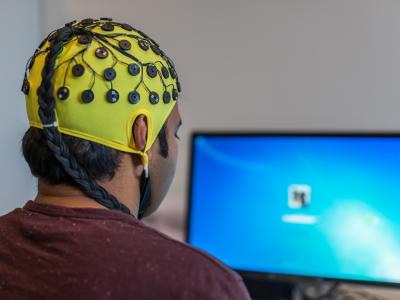
This dataset extends the standard Myers-Briggs Type Indicator (MBTI) dataset, widely available on Kaggle, by incorporating advanced data augmentation techniques leveraging GPT-based Transformers. The augmentation addresses inherent class imbalance and data sparsity issues in the original dataset, significantly enriching the volume and diversity of textual samples while maintaining linguistic and contextual fidelity to the MBTI personality types.
- Categories:





